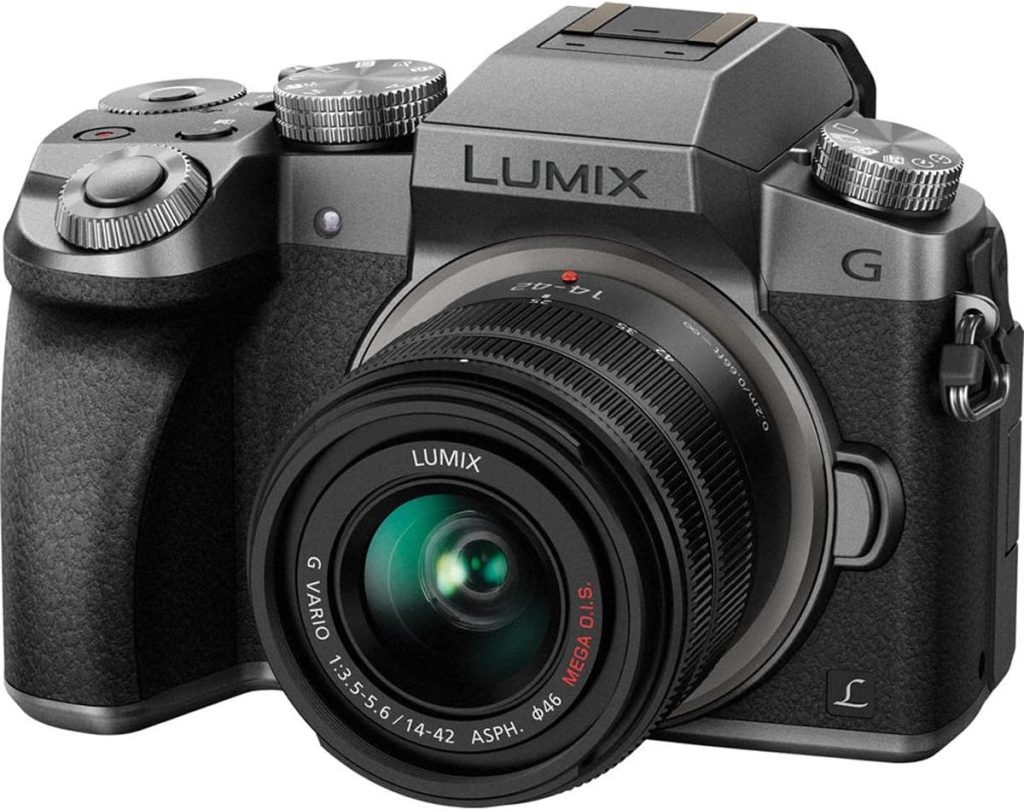Visiting through the Bahamas is a superb experience absolutely on account of its sunlit picturesque seashores. A Disney cruise to the spectacular islands was formerly unimaginable due to its expense, yet at present, it is a brilliant decision with its heaps of characteristic quality. With cruise ports Disney’s private island Castaway Cay, Coco Cay, and Nassau, you will have a journey bargain that you have constantly longed for. Most of these islands are too small for local people to live in, and in this manner have been rented out to the cruise companies, giving a selective escape to cruise travelers and valuable revenue for the local governments. The cruise lines have changed the once “dead land” into their own tiny paradise islands. We are here to suggest the Disney cruise private island Bahamas – Castaway Cay for your next dream cruising. Despite the fact that Castaway Cay has a lot of man-made tourist spots and open regions, the island’s rich wildlife, soothing tropical climate, and influencing palm trees are picture-perfect.
Castaway Cay is a private island in the Bahamas that fills in as a private port for the Disney Cruise Line ships. It is situated close to Great Abaco Island and 116 km away from Nassau, the capital of the Bahamas. Castaway Cay was in the past known as Gorda Cay.
Castaway Cay is Disney Cruise Line’s private piece of heaven in the Bahamas. In 1997, The Walt Disney Company bought a 99-year land rent (through 2096) for the Cay from the Bahamian government, giving the organization considerable authority over the island.
Castaway Cay was the first private island in the cruise business where the ship docks on the island, extinguishing the requirement for visitors to be offered to land.
The island is still largely undeveloped as just 55 of the 1,000 acres of land are being utilized. Castaway Cay presently has around 140 Disney Cruise Line perpetual inhabitants who keep the island running every day; They incorporate overseers, landscapers, and other people who keep up the island. the numbers vary between the busy and off seasons of the year.

Photo Credit: Josh Hallett
Castaway Cay is always the first choice of Disney cruisers. This island is reserved only for Disney Cruise Line Guests on Bahamian and Caribbean travels. Caribbean cruises onboard Disney’s Fantasy and Dream ships usually make one or a couple of stops at this private island.
The Disney ship docks straight at the island, permitting Disney cruisers to just stroll off the boat legitimately onto this island with delightful white sand beaches and clear turquoise waters.
Your youngsters needn’t bother with travel papers for a stop at Castaway Cay. While landing the boat you will each need to take your Key to the World card and voyagers 18 years and older should bring a photo ID also.
There is an official Bahamian post office in Castaway Cay. As you leave the boat, you’ll see the post office. This is the spot to buy unique Disney Cruise Line stamps and mail those postcards that will have the Castaway Cay postmark. Remember that this is one spot where you do require money, on the off chance that you need to buy postcards or stamps. Your Key to the World charge isn’t legitimate here. Likewise, know that it could take weeks or even a long time for your postcard to arrive at its goal.
For a family escape, nothing that compares to Castaway Cay in the Bahamas. Castaway Cay is Disney’s private paradise for children, youngsters, and grown-ups. Castaway Cay pays attention to everything from unwinding to being a child and running around simply having some fun. This is Disney’s own asylum to unwind have some good times and essentially appreciate the sun. Castaway Cay offers many offshore activities like diving, snorkeling, waterslides, bicycle trails, open-air massages, two water play zones, parasailing, angling, and a stingray interaction experience and that’s just the beginning.

Photo Credit: Stephen Kellam

Photo Credit: Inside the Magic
The Snorkeling Lagoon at Disney’s Castaway Cay is undoubtedly at the top of the must-do list when visiting the island. The best piece of the snorkeling lagoon is that it is free in the event that you bring your own snorkeling gear. The main thing you will require is an obligatory snorkel vest which is free to borrow. They provide only underwater features like a submarine or Mickey. You can see some sea turtles in the water. there are no sharks in Castaway Cay. One kind of nurse shark is sometimes visiting Castaway Cay, and this kind of shark poses no harm to humans.
The Atlantis Beach Day and Discover Atlantis trip is worth the cash! It is an astounding and awesome experience in numerous ways.
Another popular activity is Run Disney’s Castaway Cay 5k. If you and your family are enthusiastic sprinters or simply love a touch of inviting challenge then you won’t have any desire to miss the Castaway Cay 5K during your next Disney Cruise. This genuinely one-of-a-kind Port Adventure happens on Disney’s private island Castaway Cay and is accessible to all visitors cruising on itineraries (Bahamas and Caribbean) making a stop here. This 3.1-mile run is intended to be easygoing and ideal for members from running aficionados to an amateur. It is a free fun run and is a 5k distance that has a race clock so you can see your time toward the end.

Photo Credit: Josh Hallett

Photo Credit: Josh Hallett
Serenity Bay Beach is the most astounding tropical desert spring for adults only (age 18+) in Castaway Cay. Disney Cruise Line is extraordinary for youngsters, which is no secret, however, what a ton of people don’t understand is that it is additionally incredible for grown-ups! There are numerous reasons why. The adult-only pool, adult amusement district, and adult-only dining options, and that’s only the tip of the iceberg! If you need to go on to Serenity Bay Beach you should leave the cable car at the Family Beach and take a different cable car to Serenity Bay Beach. There is likewise a Teen Beach situated at the far west end of the Family Beach.

Photo Credit: Connie Roberts
Castaway Cay doesn’t have WiFi accessible for Guests on the island. You’ll get two Wave Phones within your stateroom that you may carry onto the island with you. On the off chance that you’d prefer to speak with different individuals from your pirate crew during your day at Castaway Cay, you may utilize these Wave Phones to do so!
You cannot remain overnight at Castaway Cay. There are no cruises that stay overnight at the island and you won’t discover an inn on this island. There are particular cruises that offer double dips to Castaway Cay on the off chance that you’d like additional time on the island. In case you’re on a three or four-night voyage, we may suggest skipping Nassau and spending time on the boat. On the off chance that it’s your first time in the Bahamas, you could sheer off the vessel for a little just to check Nassau off your rundown of spots visited. Try not to feel awful on the off chance that you skip Nassau if your itinerary includes Castaway Cay.
You’d love to walk around the gift shops on the island. They have such a large number of charming pieces of stuff. There are two primary gift shops on Castaway Cay selling Disney products. The one nearest to the vessel dock is named “She Sells Sea Shells… and Everything Else”. As should be obvious, “Sea Shells” is crossed out. This is because the one thing you can’t bring once again from any island, including Castaway Cay, is seashells. The subsequent gift shop is found further into the island and is named “Buy the Sea Shore”. While both of the gift stores convey a few similar things, there is likewise a wide variety of products you can just get at either. Buy the Sea Shore is found near the Run Disney Castaway Cay 5K starting line, and it is the main store that conveys things related to that race. You don’t have to have taken part in the 5K to buy the elite pin, shirt, or cap.

Photo Credit: Inside the Magic
There is some fun fresh fruit stand that remains close to the family beach. There are various beverage stands where you can buy frosty beverages, for example, coconut sippers and strawberry colada drinks. While these are non-alcoholic beverages, you can buy liquor in the event that you want as there is a bar available here.

Photo Credit: Josh Hallett
A BBQ lunch comes complimentary with your journey. Beginning at 11:30 am you can help yourself with as much BBQ you want to appreciate. Cookies BBQ is situated in the family beach area. There are three BBQ areas on Castaway Cay that are included in the cost of the cruise, much the same as feasting on board the cruise ship. Another choice is to return on board the cruise ship and have lunch in one of the regular dining halls.

Photo Credit: Inside the Magic
It’s hard to believe, but it’s true, Disney Cruise Room Service is FREE! You can arrange a whole dinner or a small snack from the Disney Cruise room service menu and have them conveyed directly to your stateroom for no additional charge.
You’ll be given a beach towel as you leave the boat, so no compelling reason to bring any towels from your room. On the off chance that you think you’ll require your own towels for a solo adventure, consider purchasing new Disney Cruise Line-themed beach towels on board in the gift shops.
We are a participant in the Amazon Services LLC Associates Program, an affiliate advertising program designed to provide a means for us to earn fees by linking to Amazon.com and affiliated sites.
Wear a lot of sunscreen, sunglasses, and a hat to protect yourself from the sturdy Bahamian rays. What’s more, in the event that you forget these or some other beach essentials, get them at “Buy the Sea Shore” on the island.
You may bring water shoes if any in your family or companions have sensitive feet, else you ought to be fine without them in the water and on the beach barefoot. Bring closed-toe shoes/water shoes – You might need to throw a swimsuit and a couple of flip-flops into your bag and call yourself packed. Particularly on a Caribbean voyage getaway. Some Carnival journey ships have a Sky Course, which is an excellent fun ropes course, and closed-toe shoes are required.
Like this article? Share it with your travel buddies and pin it if you are on Pinterest.


Are you looking for more practical information about the Bahamas? Make sure to check these posts as well:
- Discover The Caribbean Islands
- Discover the Bahamas
- Caribbean Dreaming: The Most Captivating Things to Do in the Bahamas
- Beachfront Elegance: Discovering the Best Accommodations in the Bahamas
- Paradise Found: Unveiling the Best Islands in the Caribbean
- The Best Family Friendly All Inclusive Resorts Caribbean










































